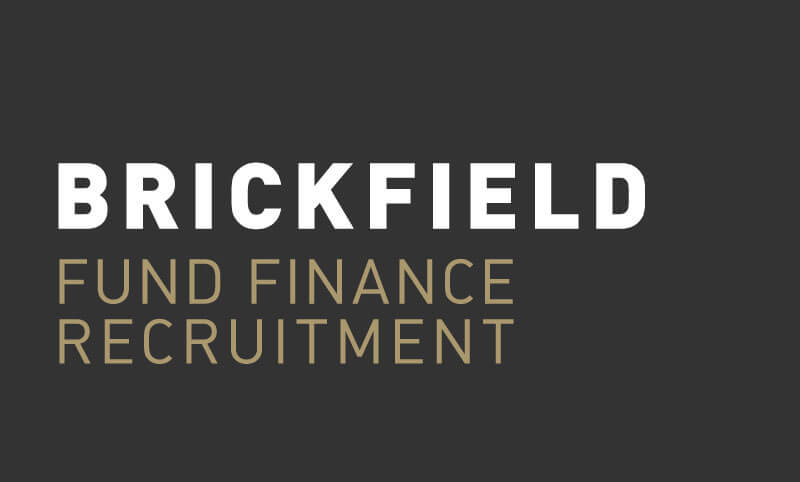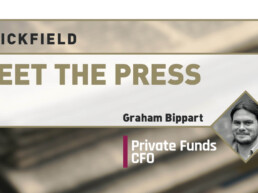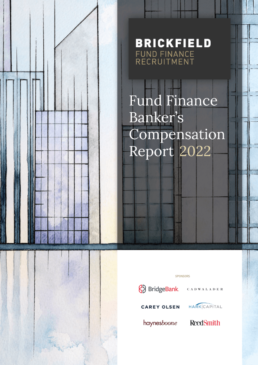
In the second of our Meet The Press interview series, Brickfield gets together with Jon Whiteaker of The Drawdown.
Jon joined The Drawdown as editor in 2023, overseeing all of its editorial content, both online and in print. The title provides insight and analysis for operational professionals in private markets. He also leads on The Drawdown’s events, including Operational Leaders Summit and The Drawdown Awards.
He has covered a range of business and finance sectors during his career, including roles as the editor of infrastructure finance title IJGlobal and as a senior editor of Investment Monitor.
What draws you towards fund finance as a subject you want to cover closely?
The Drawdown covers the breadth of operations and finance in private markets, trying to address all the concerns of CFOs at those firms. Fund finance is clearly an important part of that conversation. Before joining The Drawdown, I had spent the bulk of my career as an infrastructure finance journalist, writing about transactions and the borrower/lender relationship, so when I started in this role, I gravitated towards fund finance as a topic. I am fascinated by the dynamic between the borrower and lender, how risk is priced and transactions structured, and the fast evolving fund finance market has been a pleasure to write about.
What’s been the most exciting project you’ve worked on recently?
We recently conducted a survey in partnership with the Loan Market Association, which produced so many interesting findings. Everyone working in the market recognises this sense of growth and momentum, with funds getting larger and the needs of fund managers more complex. This in turn is driving a lot of innovation. Lenders are liquid, and it is a borrower’s market at present, yet our survey highlighted concerns over the macroeconomic outlook, greater competition, a limited talent pool, and continuing resistance from some LPs to the use of fund finance products.
Speaking of change in the market, what’s your take on how it has developed over the last couple ofyears?
I think the market has become more open and less consolidated. SVB collapsed just before I started covering the market, and the GPs who read The Drawdown have since been seeking greater clarity and transparency around fund finance.
We have seen new debt advisers and lenders entering the market, as well as the launch of technological solutions aimed at broadening market accessibility for clients. Various new players clearly see an opportunity for the market to move away from the traditional, relationship-based model to something more technology-driven, sophisticated, and transparent.
However, I don’t think that we have yet fully transitioned to this new paradigm, and our recent survey indicated a prevalent belief among industry professionals that the market will always retain its foundation in face-to-face, relationship-driven interactions.
And for the future?
The only thing that’s certain right now is uncertainty, with the Trump tariffs making future predictions increasingly difficult. With a prolonged trade war between the US and China still a distinct possibility and the pre-eminence of the dollar being questioned, the broader economic turbulence over the next few months could be significant.
Given this macroeconomic backdrop, the stark divergence in perceptions among fund finance borrowers is interesting. The largest managers express optimism as they benefit from a growing array of financing solutions. Conversely, smaller managers often express far greater trepidation. It is not uncommon among our readership for GPs to remain sceptical of the benefits and wary of the costs associated with fund finance.
The larger borrowers will likely continue to thrive due to the expanded network of lenders, even if we see a wider market slowdown, but the next year or so may be much tougher for many mid-market managers.
How do you think this could affect the hiring market?
As the market continues to evolve, I anticipate a growing emphasis on in-house expertise to navigate the intricate landscape of fund finance. The direction of travel suggests that size and complexity will necessitate a dedicated team, as the demands of managing various fund finance products will increasingly exceed the capabilities of external solutions. This is still a relatively nascent trend but may become the norm for the largest managers.
What is less certain is where talent for these roles will be sourced from. Candidates moving from banking or law firms may not be a perfect fit, and the fund finance talent pool in these areas is already pretty shallow. Those with experience of structuring fund finance products, with large contacts books and good understanding of GP motivations should be in high demand.
Of the many news and information sources you use as a journalist, which would you recommend to all fund finance specialists out there?
Most mainstream financial titles cover fund finance in a very superficial way, but there are good sources of information out there. There are a couple of good specialist news aggregators on Linkedin, and I also enjoy the personal posts of a few industry professionals, like Steven Starr and Mohith Sondhi, who try to dig into fund finance concepts and trends in an engaging way. Industry bodies like the LMA and FFA are increasingly producing valuable content for the market too and, without trying to flatter the interviewer too much, I think Brickfield’s recently published Working Guide to Fund Finance is a very valuable new tool for market professionals.
- Our sincere thanks to Jon Whiteaker for the interview.
Brickfield Recruitment works with leading financial institutions in sourcing the very best fund finance talent. If you are interested in finding out more contact Rory Smith at Brickfield Recruitment on +44 7800 963 594 or at rory@brickfieldrecruitment.com.




